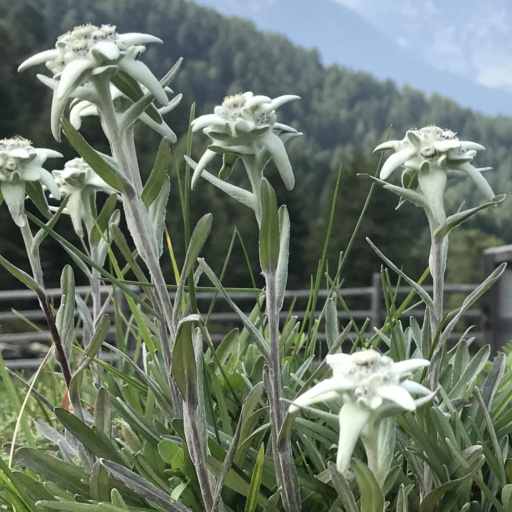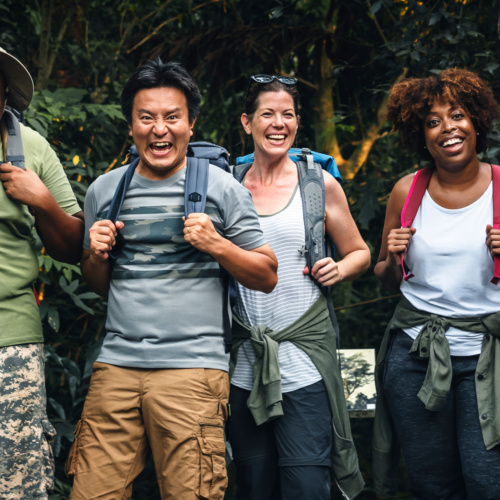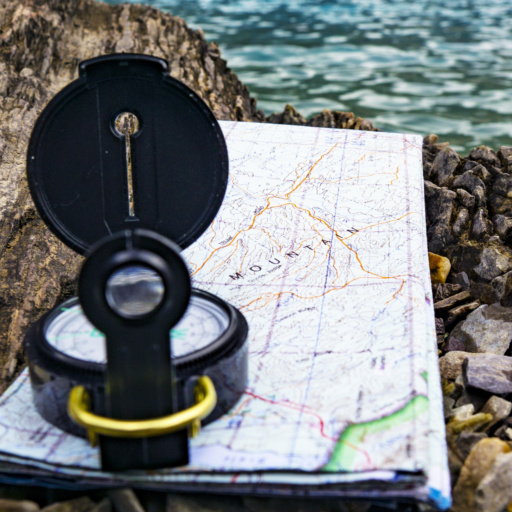Hiking 101

Prepare well !
Hiking can be a great way to improve mental, emotional, and physical well-being and enjoy nature’s beauty. Here are some tips for preparing for a hike to maximize its benefits and reduce risks:
- Choose a trail that is appropriate for your fitness level and experience. Consider the length and difficulty of the track, as well as the terrain and weather conditions.
- Wear appropriate clothing and footwear. Dress in layers to be prepared for changing weather conditions, and wear sturdy, comfortable shoes or boots with good grip.
- Bring enough water and snacks to sustain you throughout the hike. It is essential to stay hydrated and nourished, especially on longer hikes.
- Pack a first aid kit and a basic survival kit. A first aid kit should include bandages, pain medication, and a small flashlight. A survival kit should include items such as a map, compass, and whistle.
- Let someone know your plans. It is an excellent idea to let someone know your intended route and the estimated time of return in case you encounter any problems on the trail.
- Follow the Leave No Trace principles. These principles encourage hikers to minimize their environmental impact, such as by staying on established trails, properly disposing of waste, and respecting wildlife.
Following these guidelines can help ensure that your hike is enjoyable and safe. Have fun and enjoy the great outdoors!
What to take along:
It’s important to pack carefully for a day hike, as you want to be prepared for any eventuality without carrying too much unnecessary weight. Here is a list of items that you may want to consider taking with you on a day hike at moderate temperatures:
- Water: Bring enough water to sustain you throughout the hike. A general guideline is to bring at least one liter of water for every four hours of hiking.
- Snacks: Pack some high-energy snacks, such as energy bars or trail mix, to keep you fueled throughout the hike.
- First aid kit: A small first aid kit should include items such as bandages, pain medication, and a small flashlight.
- Navigation tools: Bring a map of the area and a compass, in case you need to navigate or find your way back to the trailhead.
- Sun protection: Bring sunscreen, sunglasses, and a hat to protect yourself from the sun.
- Warm layers: Even if it is moderate temperatures, it is a good idea to bring a warm layer, such as a fleece or a down jacket, in case the weather changes or you get cold on the trail.
- Rain gear: If there is a chance of rain, bring a rain jacket or poncho to keep you dry.
- Headlamp or flashlight: Bring a headlamp or flashlight in case you need to hike in the dark.
- Whistle: Bring a whistle to signal for help if necessary.
- Emergency shelter: Depending on the length and difficulty of the hike, you may want to bring a small emergency shelter, such as a tarp or a bivy sack, in case you need to spend the night on the trail.
By packing these essential items, you should be well prepared for a day hike at moderate temperatures. Remember to adjust your packing list based on the specific conditions and needs of your hike.
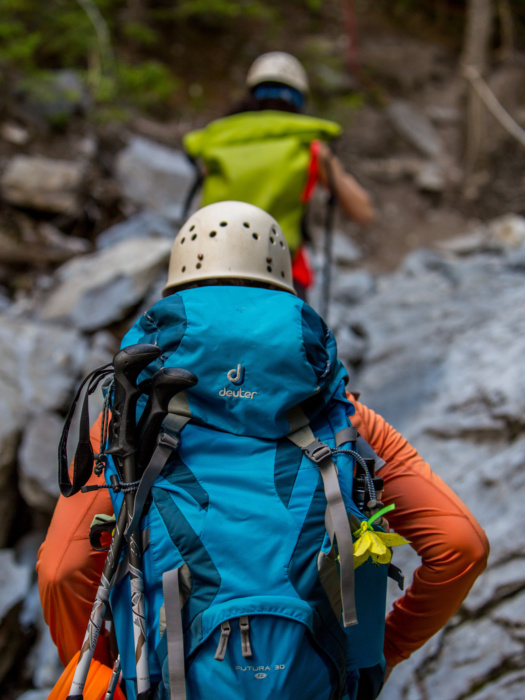
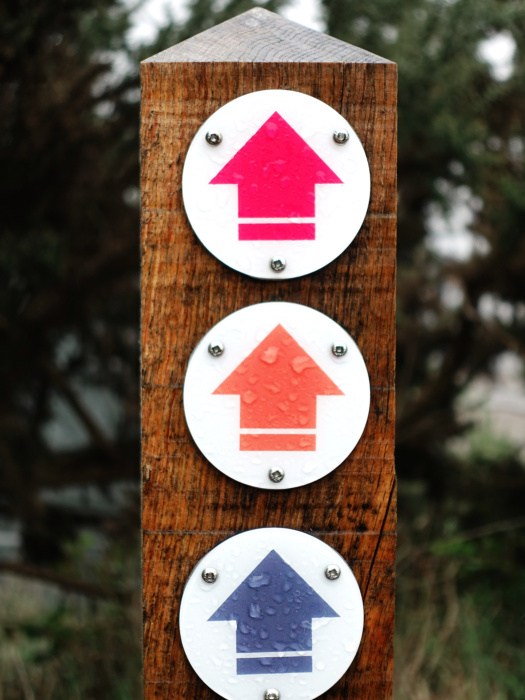
Check your SCD risk & take precautions.
Mountain hiking can be physically demanding and can place additional stress on the heart, which may increase the risk of sudden cardiac death (SCD) in some individuals. It is important for anyone with a known heart condition or who is at high risk for SCD to consult with a healthcare professional before engaging in mountain hiking or any other physical activity.
To reduce the risk of SCD while mountain hiking, it is essential to:
- Stay hydrated and well-nourished.
- Wear appropriate clothing and footwear.
- Pay attention to your body and stop if you feel unusual symptoms, such as chest pain or shortness of breath.
- Consider wearing a medical alert bracelet or carrying a card that lists any medical conditions or allergies you have.
- Do not hike too fast. Especially in the mountains & after starting again to exercise.
- Excercise regularly.
Following these guidelines can help ensure that your hike is enjoyable and safe. Have fun and enjoy the great outdoors!
Stay fit off-season
There are several ways to stay fit during the off-season as a hiker. Here are some recommendations for staying fit when you’re not able to hit the trails:
- Walk instead of driving: Whenever possible, opt for walking over driving. This can help to increase your daily activity level and improve your fitness.
- Bike for fitness: Biking is a great way to get in some low-impact cardio exercise. You can bike to work, run errands, or just go for a leisurely ride to stay fit.
- Take the stairs: Instead of using the elevator or escalator, opt for the stairs. This can help to improve your cardiovascular fitness and strengthen your legs.
- Hike first, pack later: If you can get out on the trails, consider hiking without a backpack first, and then add in the extra weight once you’ve built up your endurance. This can help gradually increase your hikes‘ intensity and improve your fitness.
- Mix up your sports: Besides hiking, try incorporating other sports and activities into your fitness routine. This can help to keep things exciting and keep your body guessing, which can help to improve your overall fitness.
Following these recommendations, you can stay fit during the off-season and be ready to hit the trails when they reopen.
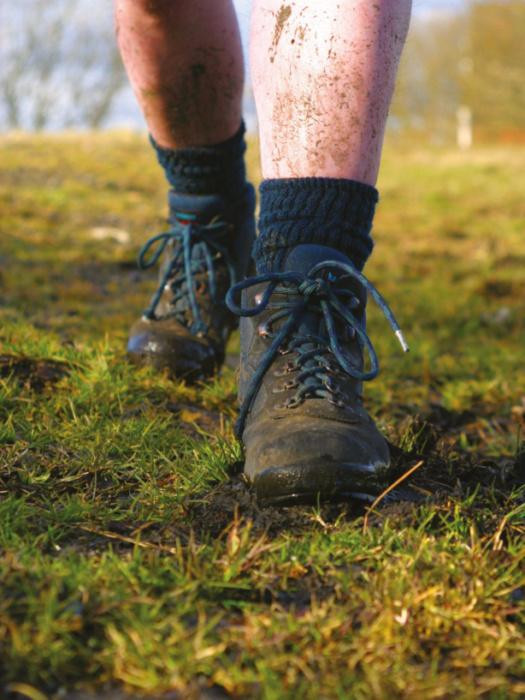
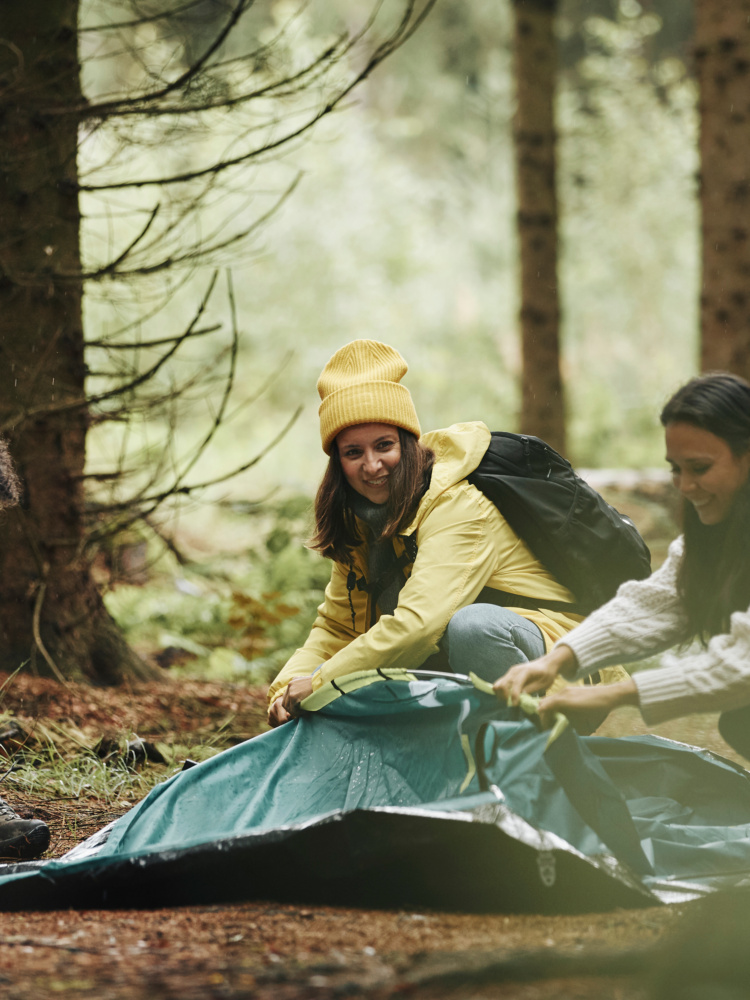
Leave no trace ..
Leaving no trace is a set of principles that encourage hikers and other outdoor enthusiasts to minimize their impact on the environment. These principles can help to protect natural areas and preserve them for future generations.
Here are some guidelines for leaving no trace while hiking:
- Plan ahead and prepare: Research the area you will be hiking in and familiarize yourself with any local regulations or guidelines. Pack all necessary items and dispose of waste properly.
- Travel and camp on durable surfaces: Stay on established trails and campsites to avoid damaging sensitive areas. Choose campsites that are already established and avoid creating new ones.
- Dispose of waste properly: Pack out all trash, including food waste and packaging. If toilet facilities are not available, bury human waste in a shallow hole at least 200 feet (60 meters) from water sources and campsites.
- Leave what you find: Do not disturb natural objects or take them with you. Leave rocks, plants, and other natural objects undisturbed.
- Respect wildlife: Observe wildlife from a distance and do not feed or approach them. Avoid disturbing nesting or breeding sites.
- Be considerate of other visitors: Keep the noise level down and respect the privacy of other hikers and campers.
By following these guidelines, you can help to protect the natural areas you are visiting.
more….
• Appalachian Mountain Club: https://www.outdoors.org/
• Federation of Mountain Clubs of British Columbia: https://www.mountainclubs.org/
• Appalachian Trail Conservancy: https://www.appalachiantrail.org/
• International Mountaineering and Climbing Federation: https://www.theuiaa.org/
• Alpine Club: https://www.alpine-club.org.uk/
• Australian Himalayan Foundation: https://www.australianhimalayanfoundation.org.au/
• Japan Alpine Club: https://www.japalpineclub.org/
• New Zealand Alpine Club: https://www.alpineclub.org.nz/
• Swiss Alpine Club: https://www.sac-cas.ch/

Physical fitness
Hiking can provide a cardiovascular workout, as well as strengthen the muscles in the legs, core, and upper body. This can improve overall physical fitness and reduce the risk of chronic diseases such as obesity, heart disease, and type 2 diabetes.

Stress relief
Hikes can be a great way to reduce stress and promote relaxation. Physical activity, fresh air, and natural surroundings can all contribute to a feeling of calm and well-being.

Mental clarity
Hiking can provide a break from daily distractions and allow you to clear your mind. Physical activity and time spent in nature can also improve concentration and cognitive function.
